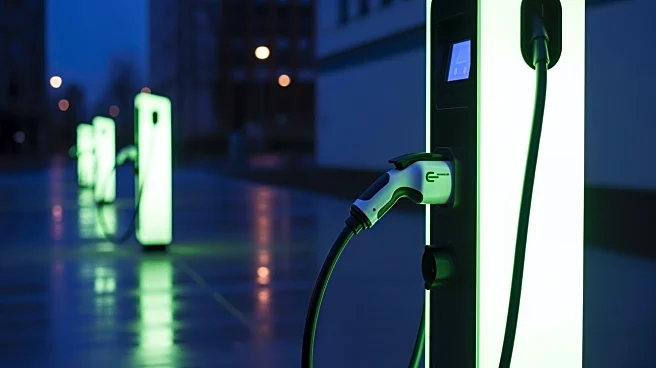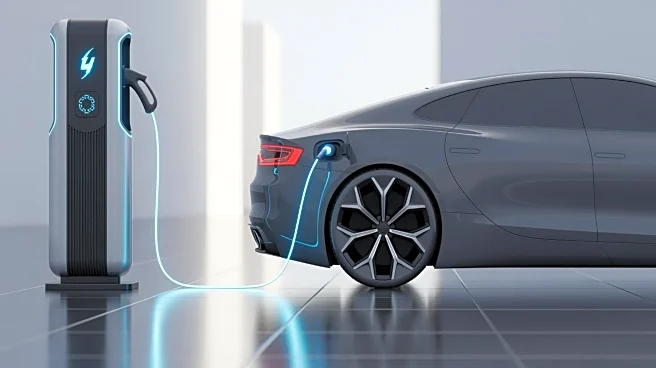What's Happening?
Norway is nearing complete adoption of electric vehicles, with 96.82 percent of new car registrations being fully electric, according to TradingPedia.com. This marks a significant milestone in Europe's
transition to electric mobility, although the shift remains uneven across the continent. While countries like Denmark, Sweden, and Finland also show high adoption rates, other regions lag behind. The disparity is attributed to varying levels of incentives, infrastructure, and consumer readiness. Despite cooling subsidy schemes, EV sales in Europe rose by 27 percent in 2025, driven by plug-in hybrids and fully electric models. Germany, the largest auto market, saw a 46.6 percent increase in EV sales.
Why It's Important?
Norway's leadership in electric vehicle adoption sets a benchmark for other countries aiming to reduce carbon emissions and transition to sustainable transportation. The uneven adoption across Europe highlights the challenges faced by regions with lower incomes and less developed infrastructure. This disparity could affect the overall pace of Europe's transition to electric mobility, impacting environmental goals and economic strategies. The success of countries like Norway demonstrates the effectiveness of strong incentives and infrastructure in promoting EV adoption, providing a model for other nations to follow.
Beyond the Headlines
The shift towards electric vehicles in Europe is reshaping the automotive industry, with legacy brands like Volkswagen and BMW dominating the market. Tesla, despite its global presence, ranks 18th in Europe, indicating the importance of regional production networks and consumer preferences. The transition also raises questions about the future of traditional automotive jobs and the need for retraining workers in the EV sector. Additionally, the environmental benefits of electric vehicles depend on the sustainability of electricity sources, highlighting the need for continued investment in renewable energy.














